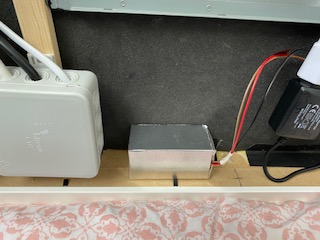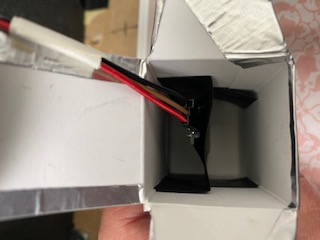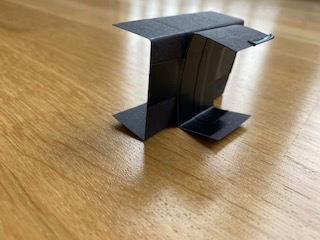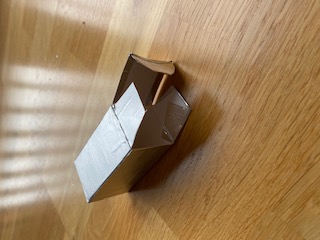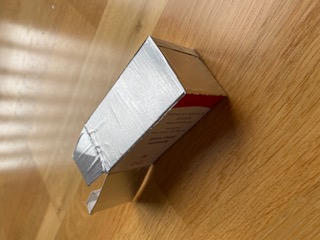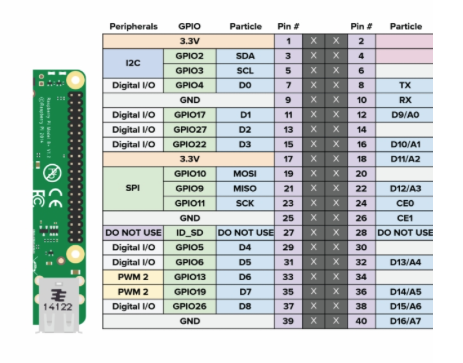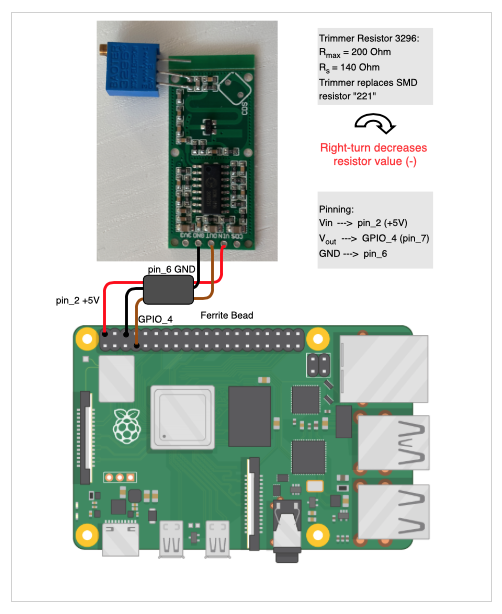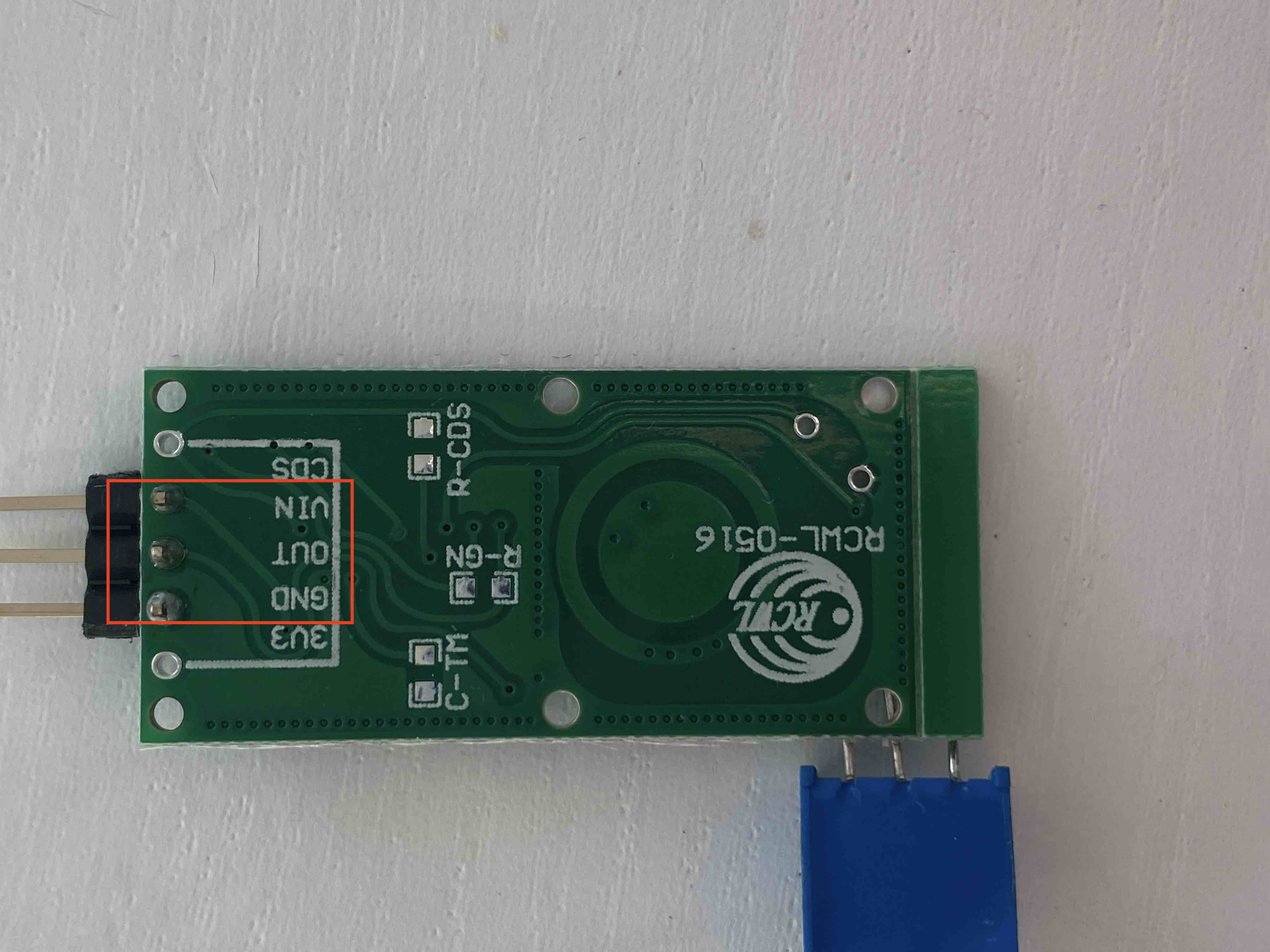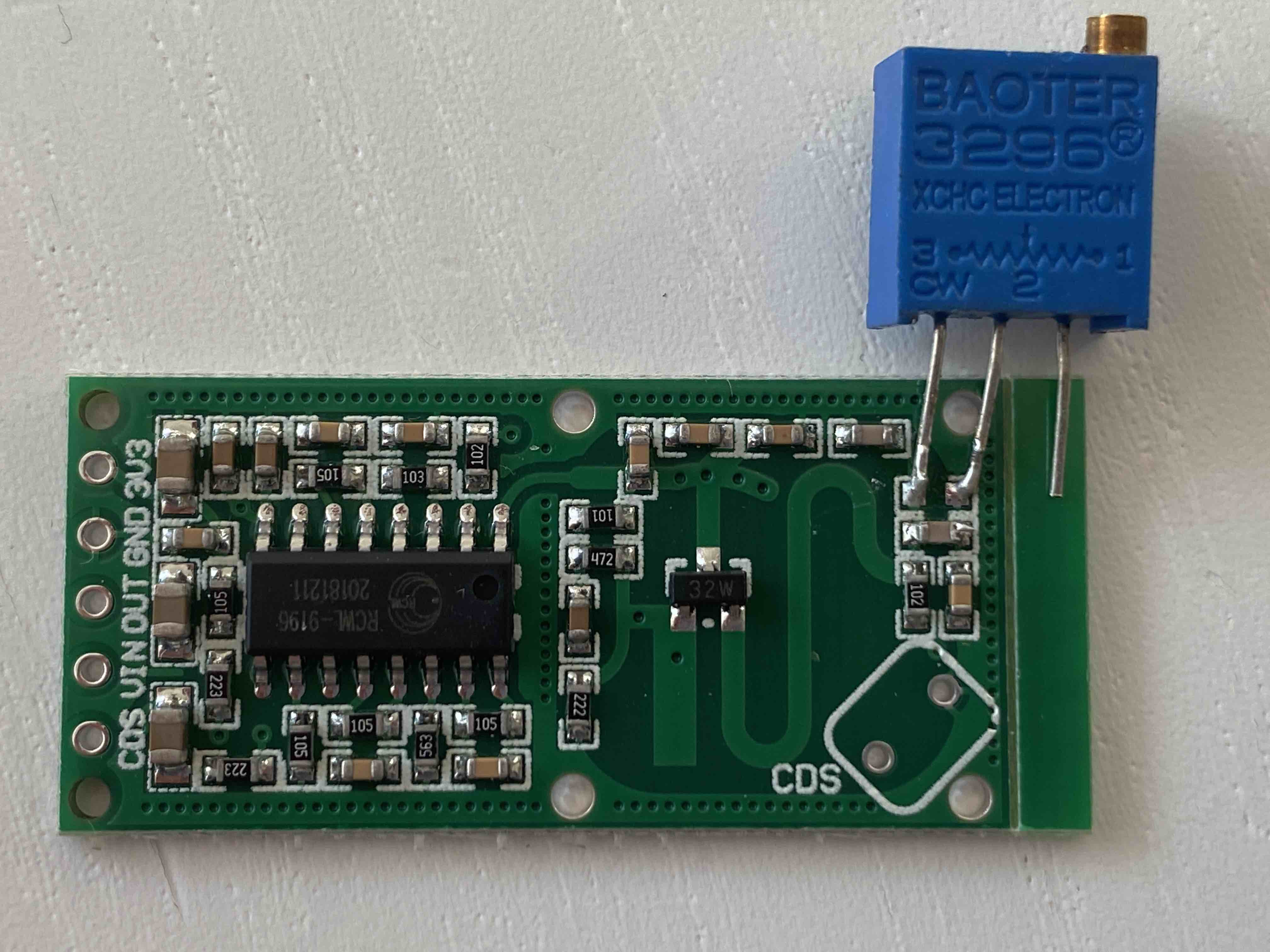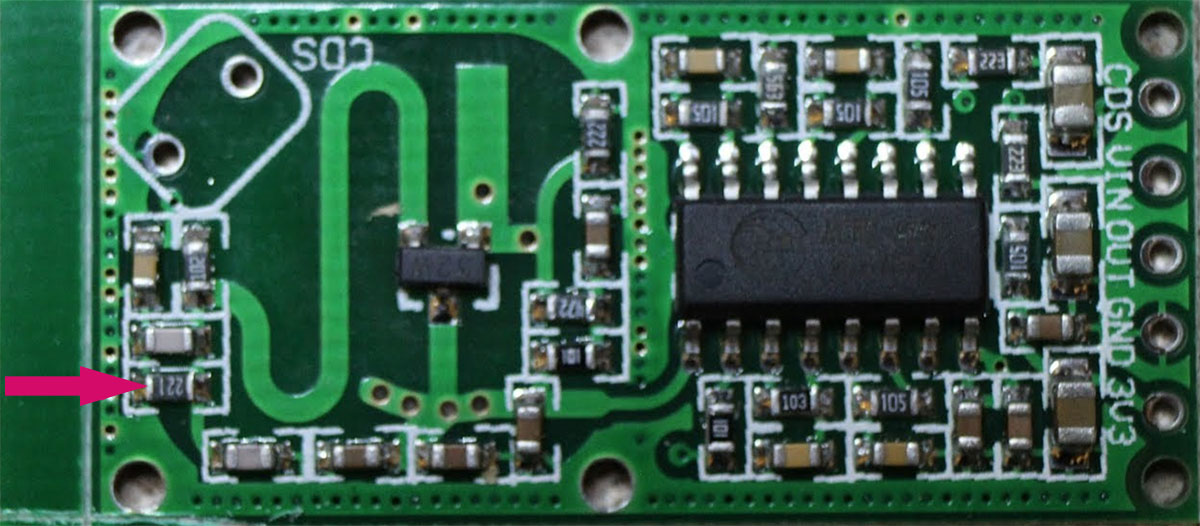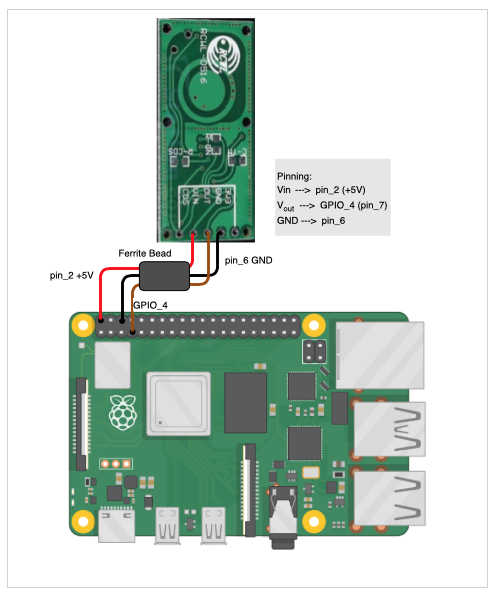Read the statement by Michael Teeuw here.
UPDATE: Replaced my PIR-Sensor with a Doppler Microwave Sensor.
-
@MajorC yeah, that are the steps to go. The RCWL-0516 module is a 1:1 replacement of the common IR sensors usually used. MAke sure to follow also the instructions I wrote (see link in my signature).
-
Good morning,
I also used a PIR sensor and obviously, behind the glass it does not work (the glass is 6 mm thick and the back of wood 3 mm), also I do not want it visible as the mirror will be positioned in the bathroom and behind I the power supply, so no wires remain in sight.
At the end of the story I found this topic and I also wanted to change the presence sensor.
I made my purchases as instructed and started testing.
The first test I did without modifying anything, simply connected, installed the MMM-Pir Paviro configured and it immediately started to work.
But I noticed one thing, my sensor is not so sensitive (indeed) I think it depends on those 9 mm total between the size of the mirror and the wooden board, if I move from behind and if I leave it too attached to the tablet wood does not detect anything (it detects only on the back or by moving the mirror from the wall).
I will also try to build a box to keep the sensor a little detached from the wood and let’s see what happens.Any suggestions on this?
In the meantime, thanks to everyone for the advice and good construction with your MM.
Hello
-
@mickyvi in my case it was the opposite experience. I have 3mm thick glass and back of the glass is covered by matte black paper. The initially installed microwave sensor (behind glass and paper) was too sensitive and could pick up movement up to 4-5m distance. That was too much for me so I had to modify the sensor by adding a trimmer.
Once the trimmer was added I could dial in the sensitivity as needed.
Here is my mirror… https://forum.magicmirror.builders/topic/13430/my-first-slim-mirror-at-homeIn your design, maybe cut a hole in the wood back cover to fit the sensor in. That way the sensor will only need to go through 6mm glass. You can cover the space of the hole with black paper to eliminate any light entry there.
It’s hard to recommend anything smarter without knowing the details of your design. Do you have any picture you could share so we can see how the back of the glass enclosure looks like? -
Hi Uros,
I also thought of making a window and putting the sensor in there in order to eliminate 3 mm of thickness and in fact I think it will be the first test I will do.
Unfortunately today I am at work and I will be able to carry out studies and modifications only tomorrow when I have the day off.
I have no photos of the rear, very simple cmq, a wooden frame covered in metal 100 x 40 cm, a 6 mm Mirastar mirror, a 3 mm plywood tablet painted in black on which the various electronic devices are placed.
Tomorrow I will take some photos inside the outside as well, at the moment it is like this:https://forum.magicmirror.builders/topic/9246/which-type-of-mirror-to-use/13?page=2
Thanks bye
-
@mickyvi Ususally those sensors a quite sensitiv and detect motions even through walls. That was also my case, why I added the trimmer to reduce sensitivity. Maybe the sensor is from a bad lot. You could try anotherone if you have a spare. Those sensors are pretty cheap.
-
Goodmorning everyone,
after several attempts I have resigned myself to the fact that the doppler sensor cannot pass the 6 mm of glass.
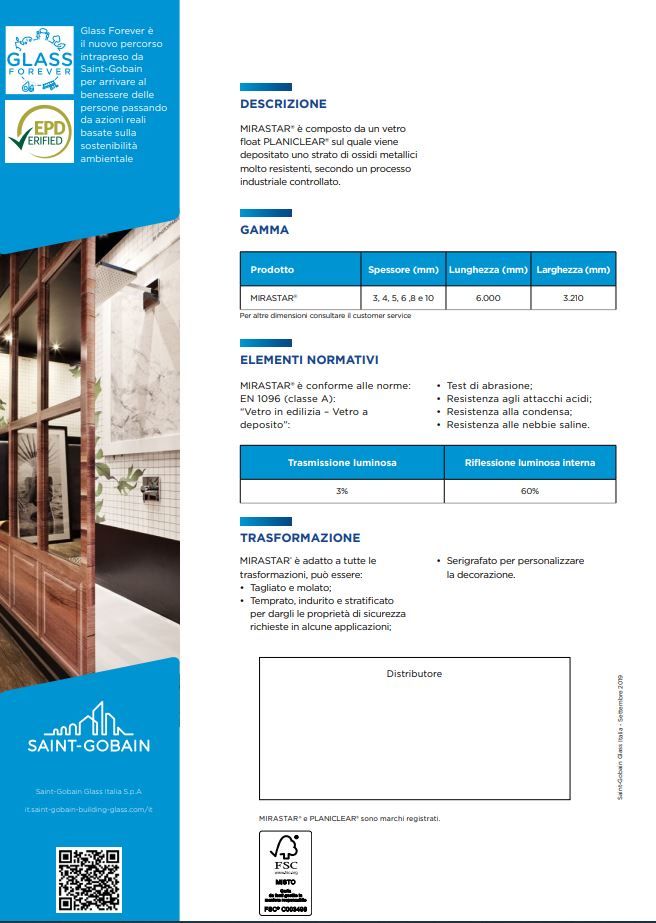
I also tried to buy a slightly more “expensive” sensor but the result is always the same.
https://www.amazon.it/gp/product/B089NKGWQQ/ref=ppx_yo_dt_b_asin_title_o00_s00?ie=UTF8&psc=1
unfortunately the result is always the same: it detects well from behind but from the front there is no way to pass the signal.
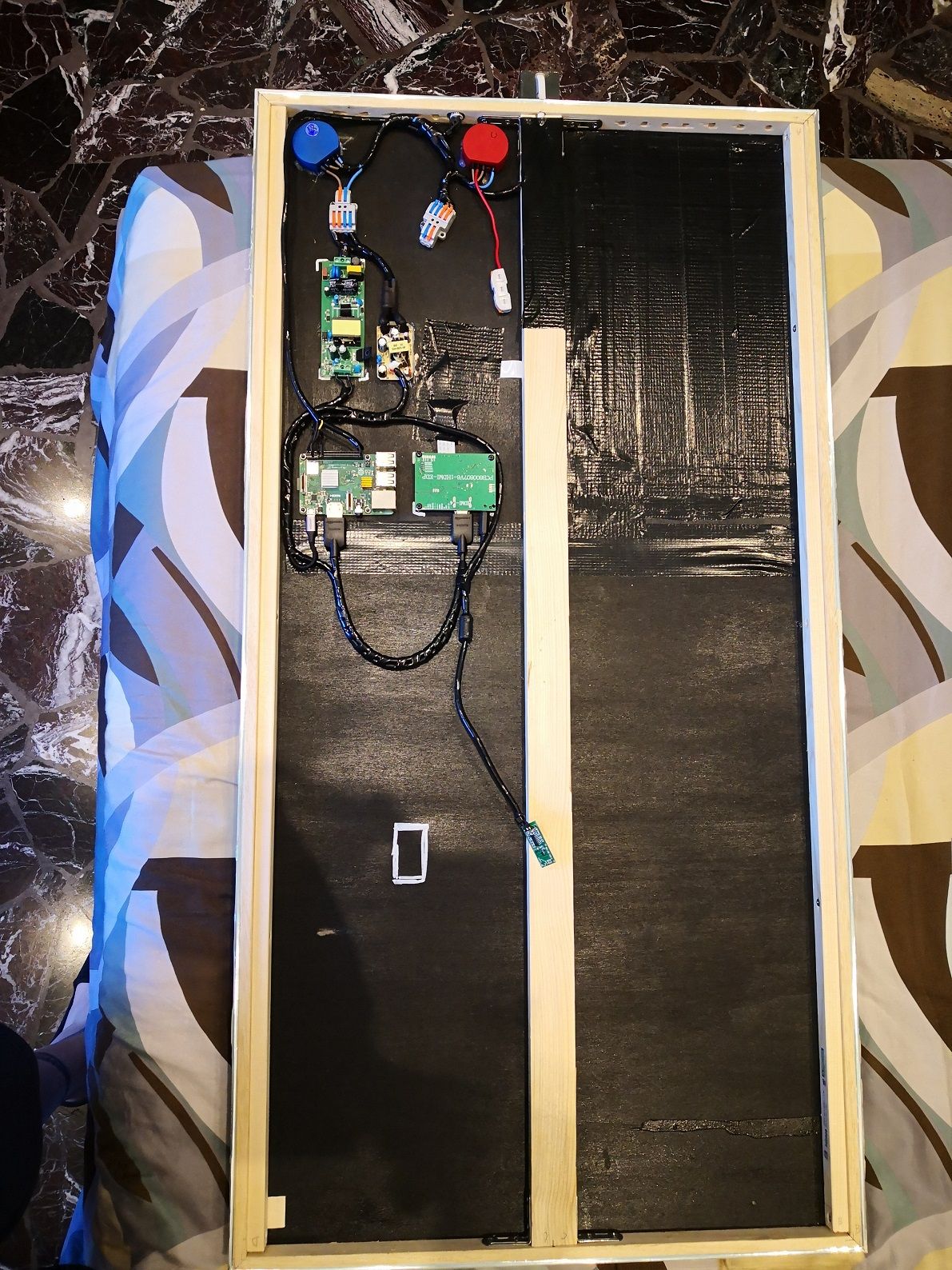
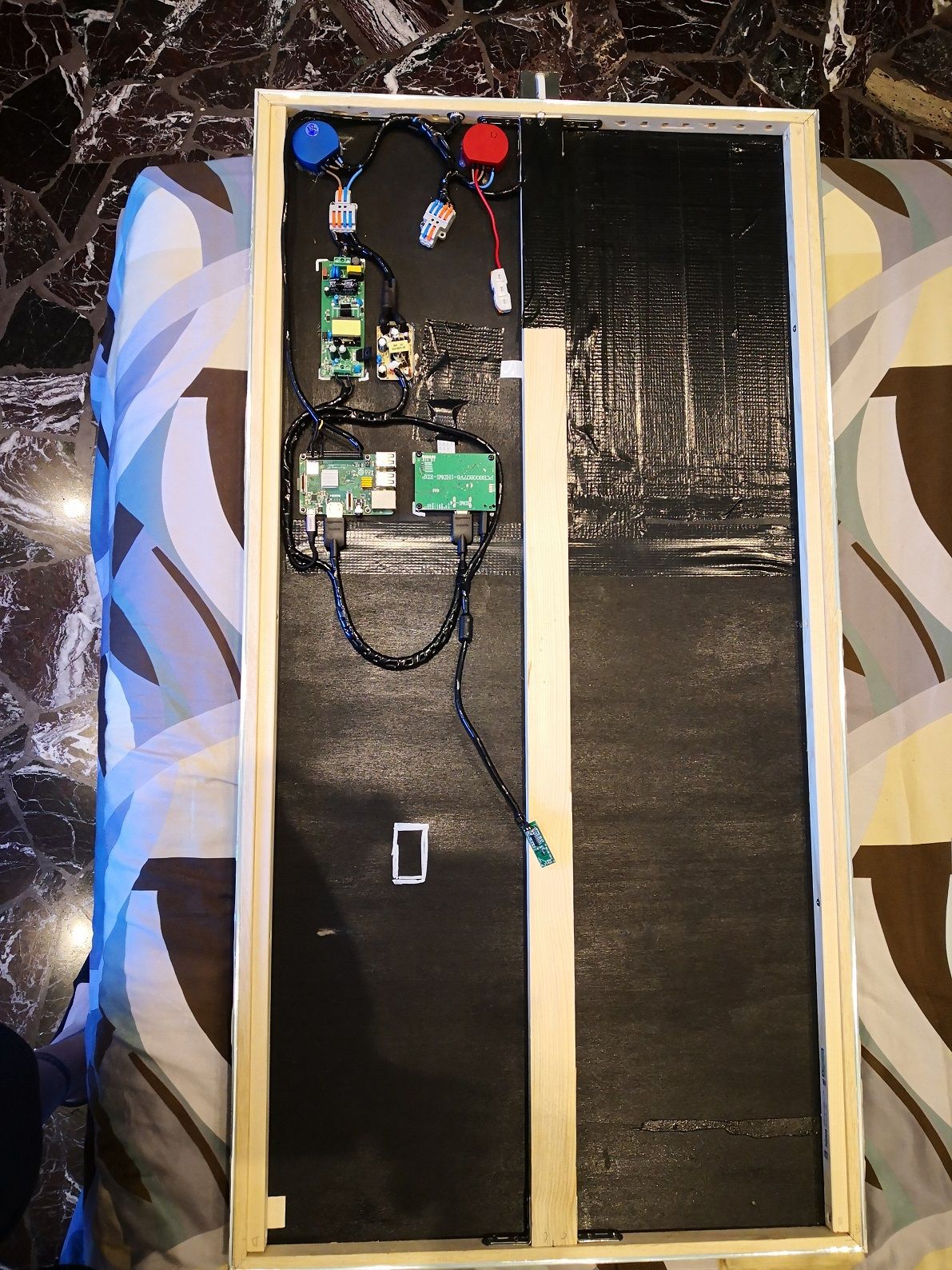
Even trying to make a window in the plywood the result does not change (same result with “inexpensive” sensor and with “very expensive” sensor.
Very disappointed and dejected about this. :-(
I think I’ll try again with simple PIRs maybe with the 2mm hole tutorial. And let’s see what happens.
Hello everybody
-
@mickyvi that is sad to hear. The glass you are using must have some special coating that prevents signal go through.
Did you try to rotate the sensor? I know these sensors are sensing around 360degree but I think the actual antenna is stronger on one side.
Also, what’s the distance from mirrir you are trying to get the sensor to pick up movement? Does it work fine when using without glass?For me PIR was not an option. I tried cheap and expensive PIR sensors and all of them had too many false positives. Plus it needs to be ouside visible.
-
Hello,
Yes, in my opinion it’s the mirror, damn it, if you only knew how much I paid for it …
Yes, I tried in every way, even putting the sensor behind the monitor (… when you are desperate you try everything …: -) …), turning it, putting it sideways but nothing, it does not detect.
If I move it outside, it detects everything, but even with the “cheap” sensors I had noticed the same functionality.I don’t know, maybe I will also give up motion detection: maybe a button that takes it out of stand by and then stays on for 20 minutes … I know … it’s shit … but I don’t want to continue to have the mirror resting on the floor without being able to install it and continue testing.
I have to think about it for a while.
Hello and thanks for the support everyone! -
@mickyvi as the last option maybe install the sensor on top or bottom of the mirror frame. Hide it in a small enclosure (wooden or hard paper or 3D printed extension to the frame) and paint the same color as the frame. If done nicely it won’t even look that bad. And it will for sure work :)
-
@mickyvi That’s indeed really strange, and I can only guess that the mirror has a reflecting coating which prevents the signal from passing through the mirror. The thickness of the glass itself is not the limiting factor, as the signal usually passes even stone walls and can detect motion in adjacent rooms. I operated my sensor first behind the mirror, too, and it worked. It is a 4mm Pilkington. Later I moved it under the frame, because it was easier to trim the sensor and hid it behind a 3D-printed cover. Thus, I’d second @uros76 proposal to mount the sensor on top or on the bottom of the frame where it is not visible. Don’t give up!
